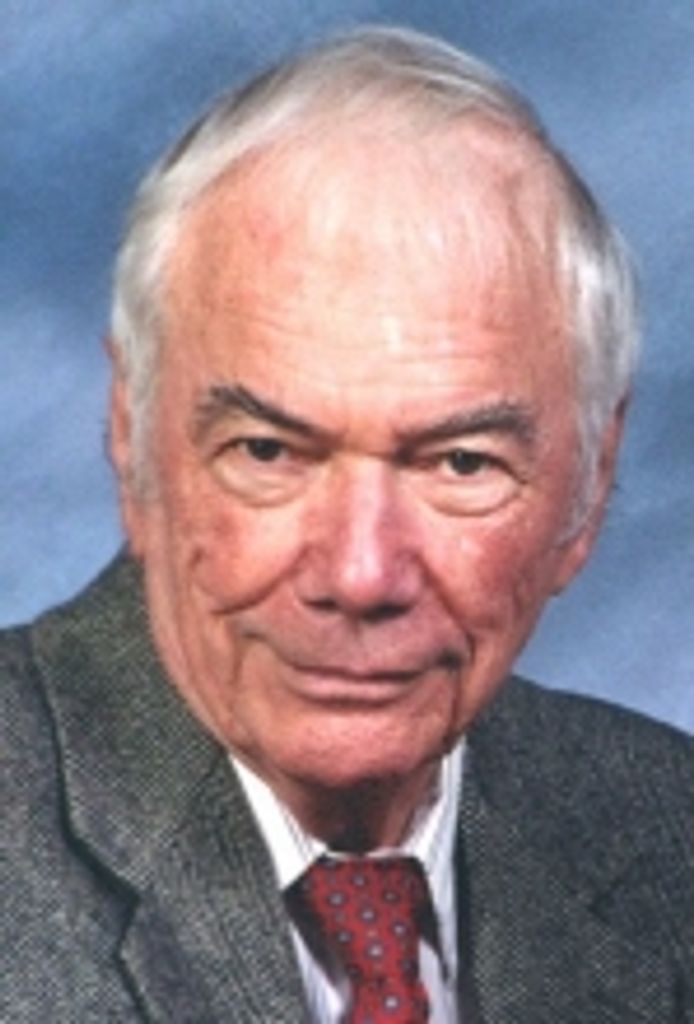

Thompson B. Boys
d. December 28, 2013
Thompson B. Boys, of Heath Village, Washington Township, Morris County, NJ, died on Saturday, December 28, 2013 at his home there where he had resided for the past five years. He had formerly resided for many years in Flemington, NJ.
Born on April 9, 1924, son of the late Burch B. and Marie Tandy Boys, he was one of the original "do-it-yourself" type of men whose interests spanned from woodworking and carpentry to being a "motorhead" who loved cars.
Growing up on the family farm in Kansas during the Great Depression, Thompson joined the United States Army Air Corps. and faithfully served his country during World War II, being honorably discharged at the rank of Staff Sergeant. He was a graduate of Rhode Island School of Design where he met his first wife, Carol. He then went on to become an Industrial Designer with MultiTech Corp., North Plainfield, NJ for many years.
He was a longtime and faithful member of Calvary Episcopal Church, Flemington, NJ.
His wife of fifty-eight years, Carol Brydon Boys, died in 2008. He was also pre-deceased by two brothers, Lewis and Burch Boys; a granddaughter, Colleen Bortscheller; and his second wife, Anne Gaston Boys.
Surviving are his son and daughter-in-law, Daniel and Alice Boys of Port Murray, NJ; two daughters and a son-in-law, Margaret Boys of Lafayette, CO, and Sara and Frank Bortscheller of Raritan Township, NJ; a sister, Mary Brey of New York City, NY; three grandchildren, Tess Arielle Boys, Caitlin Margaret Boys and Sarah Jane Trobaugh; and a great granddaughter, Anna Lynn Trobaugh.
Funeral Services will take place on Saturday, January 4, 2014 at 1:00 p.m. in Calvary Episcopal Church, corner of Broad Street and New York Avenue, Flemington, NJ under the direction of the Holcombe-Fisher Funeral Home, 147 Main Street, Flemington, NJ. Interment will follow in Prospect Hill Cemetery, Capner Street, Flemington, NJ. There will be no calling hours. Please visit www.holcombefisher.com for further information, or to send condolences.
In lieu of flowers, memorial contributions in Thompson's name may be made to the Wounded Warrior Project, 370 7th Avenue, Suite 1802, New York, New York 10001.
______
Thompson's Life Story was a very fruitful one and he documented many of his "life's adventures" for his family and friends. The following is the exact text of one that was entitled, "In The Beginning" :
______
One of my earliest memories is of being "whiskered". That consisted of being hoisted [or tossed] up in the air and rubbed against an un-shaven face. Farmers don't shave every day. It was quite a thrill!
When I was three "Lucky Lindy" flew across the Atlantic
Our house was on the south side of the road. The barn with it's silo, the barn yard and the well were west of the house. The chicken houses were to the south. Beyond that were the farm implements and the wood pile. There were the binder, the plough, the disc, the saw, and the hay bailer, and probably more. All this stuff [beyond the chicken house] was bordered by a hedge of ossage orange trees. We had what seemed like many oil cans around so I took one to play with, knowing that it would never be missed.
About that time my father was getting the bailer ready to work. Then ...I heard some swearing and words like where is the damned oil can. After a few moments of indecision I walked out of the hedge row with the oil can and said "I found this over here." Nothing more was ever said about it.
One of my first jobs was feeding the chickens and gathering the eggs. When I could carry a bucket of water that became part of the job. Later on there were a series of jobs during haying season. We had a hay bailer which was used for all our hay-both alfalfa and "prairie" hay and also some of our neighbors, usually on a sharing basis- one third of the hay for us. When we bailed for others [custom bailing] I was paid- 25cents per day [adult pay was two dollars per day].
The first operation in "making hay" was mowing. This was done with a mowing machine pulled by two horses. The driver sat on the seat which was behind the wheels and cutting bar (a good thing in case one should fall off). There were some three legged dogs around.
After the hay dried it had to be raked to form rows. The rake was 8 or 10 feet wide with a large but lightweight wheel at each end. The hay was gathered by long curved tines. At the right time you pushed a foot pedal and the forward motion of the rake raised the tines to release the hay. This process was repeated around the field until all the hay was in rows.
It was now time to bale the hay. Our bailer was powered by a single cylinder engine mounted at the front of the bailer with a belt to connect it to the machinery--large gears connected to a plunger about two feet square. As the hay was fed into an opening in the top the plunger pushed and compressed it into an open sided passageway. At intervals a wood block was inserted. The block fit the passageway and had slots which allowed wires to- be inserted so that each bale was held together with two bands of wire. The bales were sized to weigh 70 pounds each so thirty bales weighed one ton.
Of course you couldn't bale anything until it was moved to a spot n ear bailer. This was done with the buck-rake or go-devil. This was a four wheeled contraption with a series of wood poles at the front and near the ground which scooped up the hay from the rows and moved it to the bailer. It was propelled by two horses, one at either side. The rear wheels were mounted as casters and it was steered by holding one horse back while the other went ahead. With Barney, who was a large, eager horse, and Peak, who was a nice quiet, not very ambitious horse the go-devil tended to turn to the right (Peak 's side).
The crew consisted of at least five people; One to operate the go-devil, one to "feed', one to move the hay up to the feeder, one to insert the wires and then to tie them, and last and least one to "back" the wires. In addition, someone had to take the new bales and load them on the wagon, or if the hay was to be stored in the field, to build a pile which would later be covered with loose hay to keep the bales dry.
When the day came to an end you were tired, hot, dusty, and had any number of spider bite s, mostly on the lower half of your body. The next morning your sweaty cloths had dried leaving your sox stiff as a board. Not to worry, your clothes got washed every week. When it was time to graduate from eighth grade I was the only one in the class. The graduation ceremony was to be held somewhere in town. I became sick- the flue or something. What a "coincidence".
_____
Guestbook
Visits: 7
This site is protected by reCAPTCHA and the
Google Privacy Policy and Terms of Service apply.
Service map data © OpenStreetMap contributors



